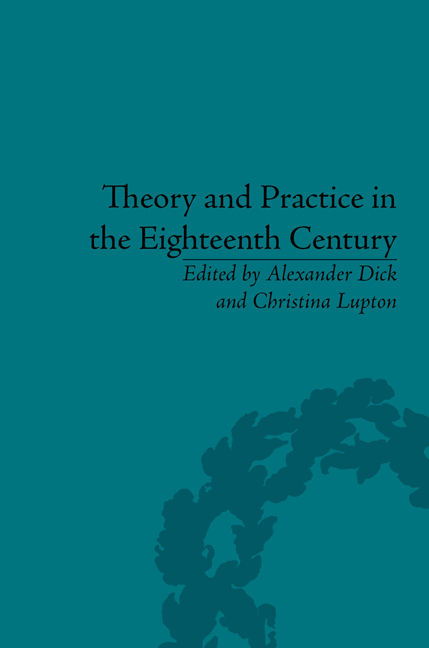Introduction
Summary
When, in the first book of A Treatise of Human Nature, Hume wants to exemplify the kind of belief allowing one to make sense of the most everyday experience, he offers an example that has become well known: hearing the door creak downstairs and seeing a porter arrive in his room a few minutes later, he must assume that the man has arrived by way of the stairs. But this example carries on, as the porter delivers a letter
which upon opening it I perceive by the hand-writing and subscription to have come from a friend, who says he is two hundred leagues distant. ‘Tis evident I can never account for this phenomenon, comfortable to my experience in other instances, without spreading out in my mind the whole sea and continent between us, and supposing the effects and continu'd existence of posts and ferries, according to my memory and observation.’
The example of the letter in Hume's hands as an object indecipherable by rational means is one of several moments when the Treatise calls attention to the written word in its tactile form, physically encountered by readers even at the moments when they are asked to suspect material forms of evidence. In order to read a letter, Hume suggests, one must actively make sense of something that is not actually perceptible: forgetting the distance it has travelled (for how could one verify that the posts and ferries still ran, or observe every step of its way?) and the contingencies that inevitably haunt its claims (so much time has passed since they were made), one must handle the letter irrationally in order to make sense of its words on paper. If a text is to be functional and pleasurable, the reader must accept the fiction of the distant friend's presence in writing.
This illustration calls up by inference the task of reading any book, produced, as Hume was well aware, as the result of frequent shuffling across oceans, between publishers and editors, printing, correcting and reprinting.
- Type
- Chapter
- Information
- Theory and Practice in the Eighteenth CenturyWriting Between Philosophy and Literature, pp. 1 - 10Publisher: Pickering & ChattoFirst published in: 2014



